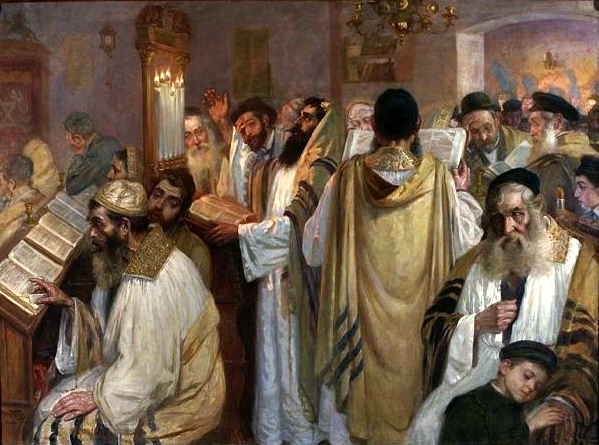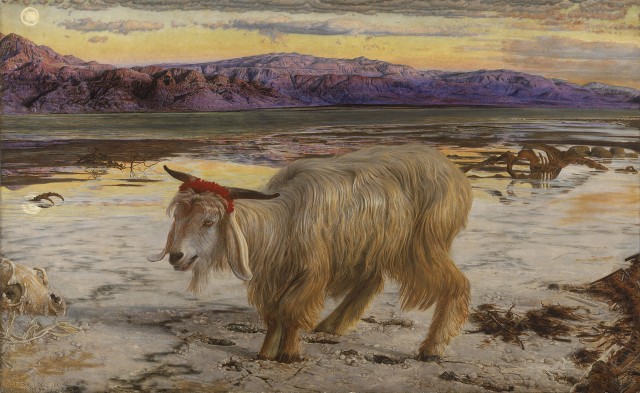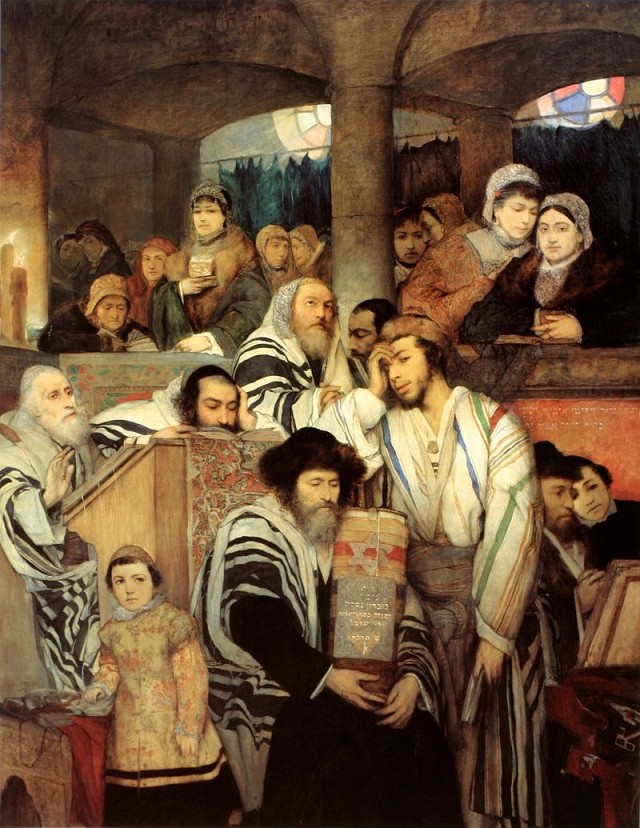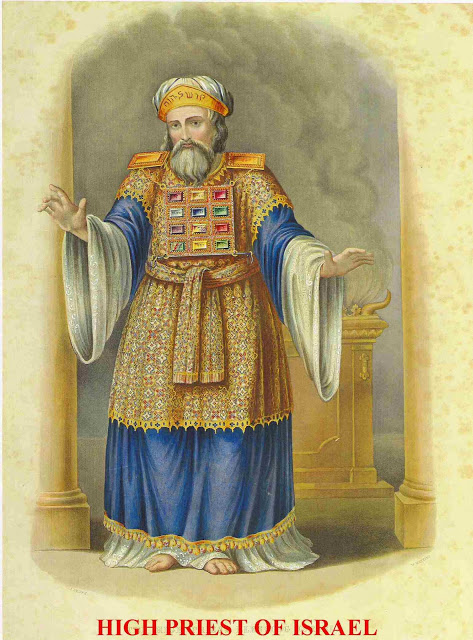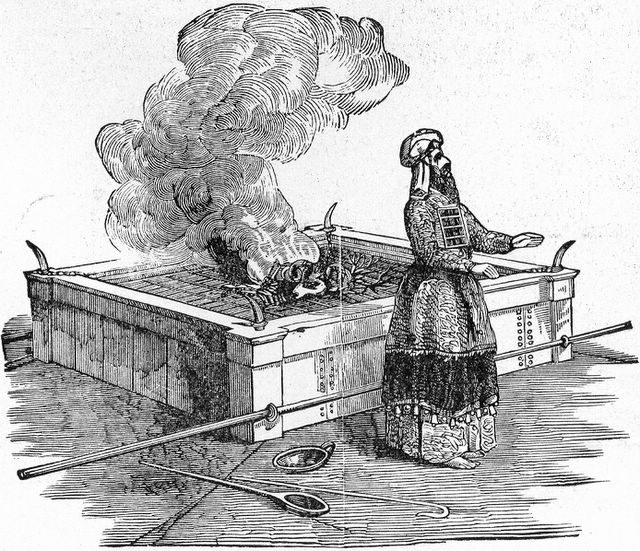I love the Jewish holiday, Yom Kippur, and I’m not Jewish. I want to join in — even when it involves fasting, repenting, and not bathing. Well, maybe not the fasting and going without a bathe! But I like the symbolism and ritual that reinforces my beliefs. I need to be reminded to repent and forgive. I want to set aside a specific time each year to remember my covenants with God. I want my name recorded in the Book of Life.
In Rabbinic tradition, Abraham “being found faithful is declared a friend of God on the heavenly tablets, and every righteous keeper of the Covenant is registered in the same Book of Life”; (A. von Gall Basileia tou Theou (Heidelberg: Heidelberg Univ., 1926), p. 313. in Nibley, A Strange Thing in the Land, The book of Enoch) (Ensign, April 1976)
The books that men keep on earth are matched by books kept in heaven: Adam’s heavenly Book of Remembrance is duplicated on earth by a Book of Life, “the record which is kept in heaven … or, in other words … whatsoever you record on earth shall be recorded in heaven. … (Ibid)
It usually runs for about 1 hour. The ark (a cabinet where the scrolls of the Torah are kept) is kept open throughout this service, thus you must stand throughout the service. (ref)As the awesome day of Yom Kippur comes to a close, and our future is being sealed, we turn to G-d to accept our sincere repentance and new resolutions, and ask that He seal us in the Book of Life, granting us a new year replete with goodness and happiness. The Ark remains open for the entire Neilah service, signifying that the Gates of Heaven are wide open to our prayers and entreaties. (ref)
During Biblical times, the High Priest performed sacred rites in the Temple at Jerusalem. (Moses did the same thing in the Tabernacle.) The High Priest burned incense and sacrificed animals as sin offerings. In one part of the service, the High Priest laid his hands on a goat “for Azazel” and confessed the sins of his people. Then he sent the goat out into the wilderness. The goat carried the sins away for the people.
The scapegoat has an interesting history. The scapegoat is someone who takes the blame and punishment but is innocent. The word “scapegoat” is really a mistranslation of the word Azazel.
I believe Jesus Christ paid the price for our sins and all these sacrifices are/were symbolic of his life. I must still repent and forgive, and the Day of Atonement is a yearly reminder to prepare, reflect and renew. In past years I have gone to the temple to mark this special day. But I am far from being able to enter the presence of the Lord. I recognize that what I do in the temple teaches me how to become sanctified and converse with the Lord through the veil. As Nibley has said, the Temple is the lab.

